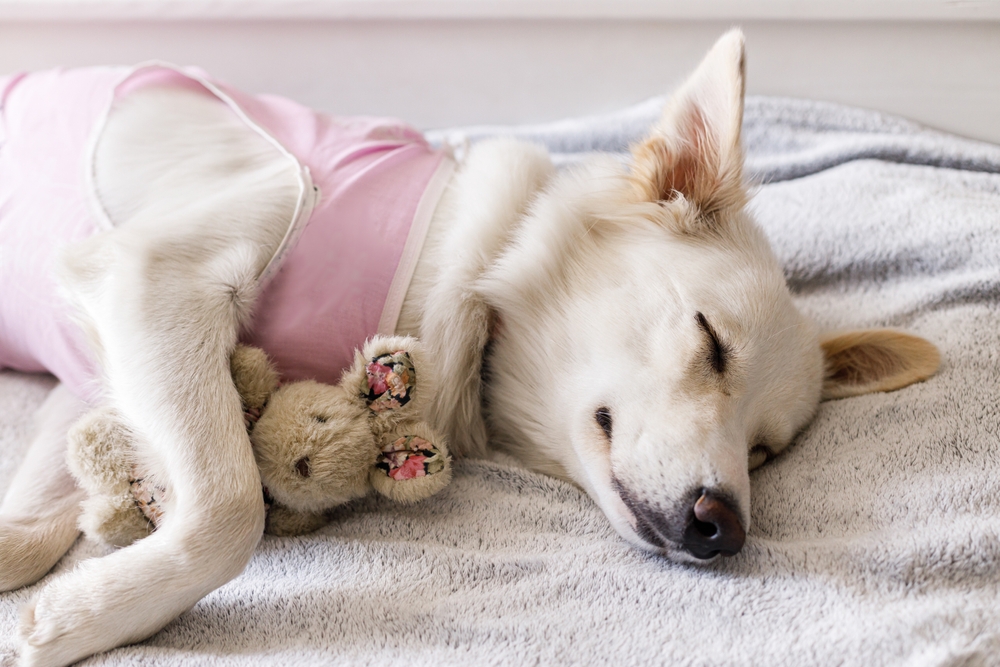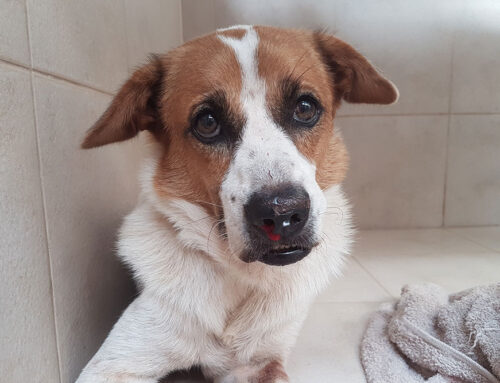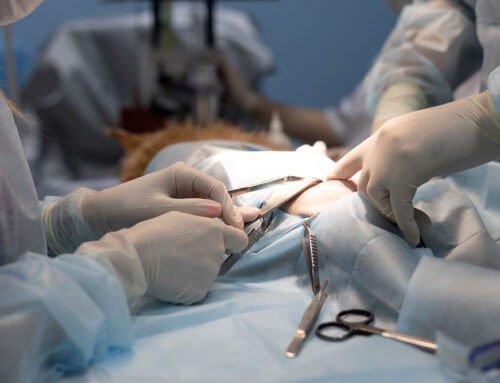The Essential Guide to Spaying and Neutering Your Pet
Why Spaying or Neutering Is More Than Just Population Control
Spaying (for females) and neutering (for males) are routine surgical procedures with powerful health and behavioral benefits. While most people know these surgeries help prevent unwanted litters, many are unaware of how deeply they contribute to your pet’s lifelong wellness.
At North Waterloo Veterinary Hospital, our team is here to ensure your pet’s experience is safe, comfortable, and personalized—from pre-op exams to full post-op care.
Learn more about the broader impact of spaying and neutering from the AAHA’s Spay/Neuter Resources and ASPCA’s guide.
Health Benefits of Spaying and Neutering
For Female Pets
- Prevents Pyometra
Pyometra is a painful and often life-threatening uterine infection. Spaying removes the uterus, completely eliminating the risk. Read more about pyometra in dogs from Cornell University. - Reduces Mammary Tumors
Spaying before a pet’s first heat cycle can reduce the risk of mammary cancer by up to 90%.
For Male Pets
- Eliminates Testicular Cancer Risk
Neutering removes the testicles, preventing testicular cancer entirely. - Lowers Prostate Issues
Neutered pets have fewer prostate complications and infections. - Improves Behavior
Neutering can decrease hormone-driven behaviors like roaming, mounting, urine marking, and aggression.
Behavioral Benefits: What to Expect
After surgery, many pets show:
- Reduced desire to roam (decreasing risk of getting lost)
- Less hormonal-driven aggression
- No more heat cycles or unwanted behaviors like vocalizing or urine spraying
Important note: Spaying or neutering does not cause laziness or weight gain. Activity levels, age, and diet are the true influencers of pet weight. Monitor your pet’s life stages and adjust care as they age.
When Should You Spay or Neuter Your Pet?
There is no one-size-fits-all answer. The right time depends on your pet’s:
- Species and breed
- Size and growth rate
- Lifestyle and behavior
- Health history
In general:
- Cats and small-breed dogs are often spayed or neutered around 5–6 months.
- Large-breed dogs may benefit from waiting longer to support joint development.
Our veterinarians tailor recommendations based on your pet’s specific needs, with an emphasis on long-term health.
What to Expect at North Waterloo Veterinary Hospital
Your pet’s spay or neuter journey includes:
- Pre-surgical exam to assess overall health
- Safe anesthesia and monitoring throughout the procedure
- Minimally invasive techniques for reduced discomfort
- Personalized aftercare plan with detailed instructions
Need to book your pet’s procedure? Schedule an appointment here.

FAQs: Spaying and Neutering
What’s the recovery time?
Most pets recover within 10–14 days. Keeping them calm and preventing excessive activity is key.
Are there any risks?
All surgeries carry minor risks, but spaying and neutering are among the most common and safest veterinary procedures. Our experienced team uses advanced protocols to ensure safety.
How do I care for my pet afterward?
We’ll provide you with a full aftercare guide, which includes:
- Monitoring the incision site
- Preventing licking (use of an e-collar)
- Restricting jumping and running
Why It Matters: The Bigger Picture
Choosing to spay or neuter helps reduce pet overpopulation and the number of animals in shelters. More importantly, it gives your pet the chance to live a longer, healthier, and more comfortable life.
If you’re on the fence or have questions, we encourage you to speak with our team. We’re happy to explain your options and help you make the best decision for your pet.
Ready to Take the Next Step?
To speak with a member of our team, contact us here or request an appointment.
Let us help you take a proactive step in your pet’s lifelong health and happiness. Spaying and neutering isn’t just a routine procedure—it’s a gift of wellness.







Leave A Comment